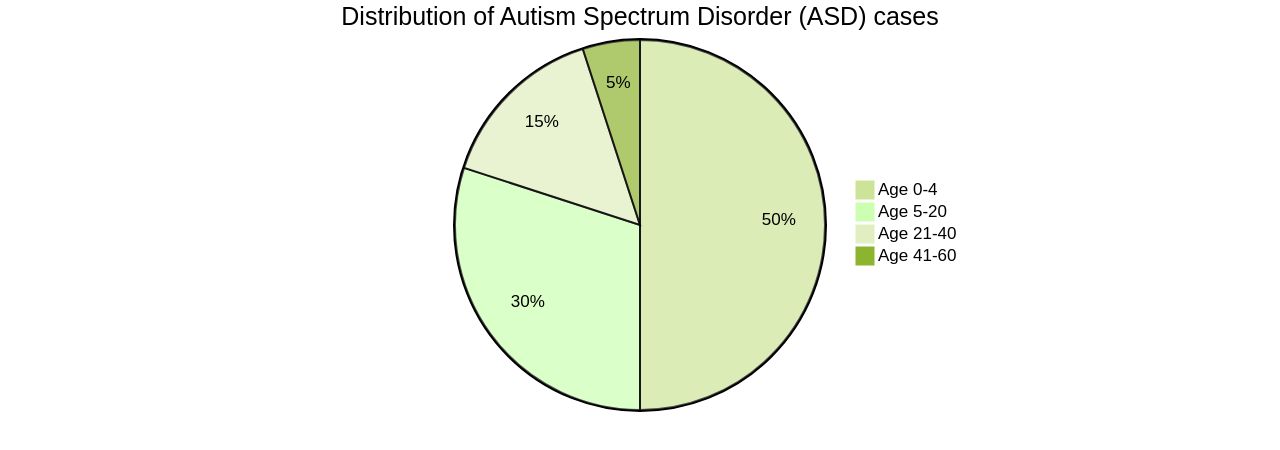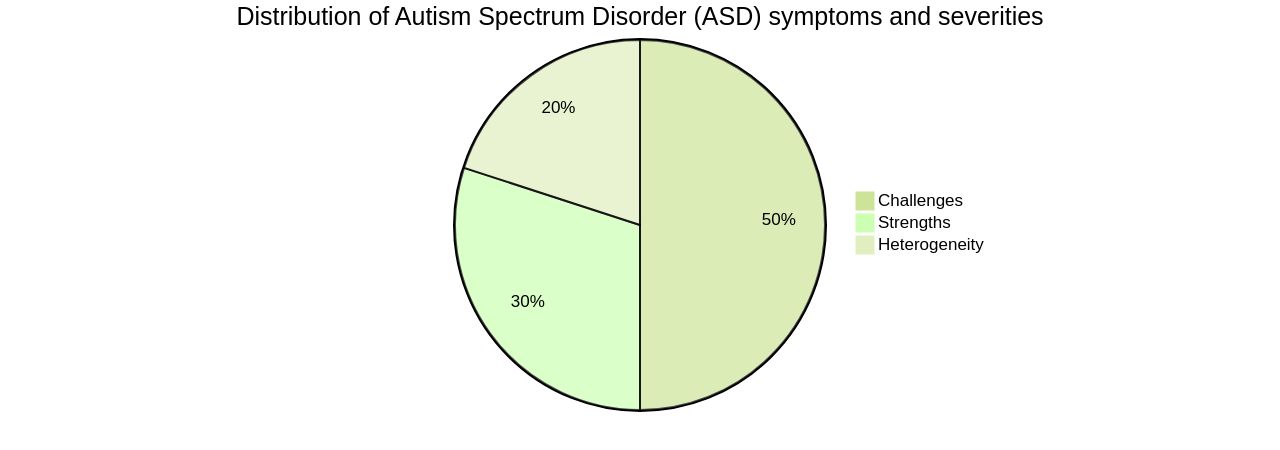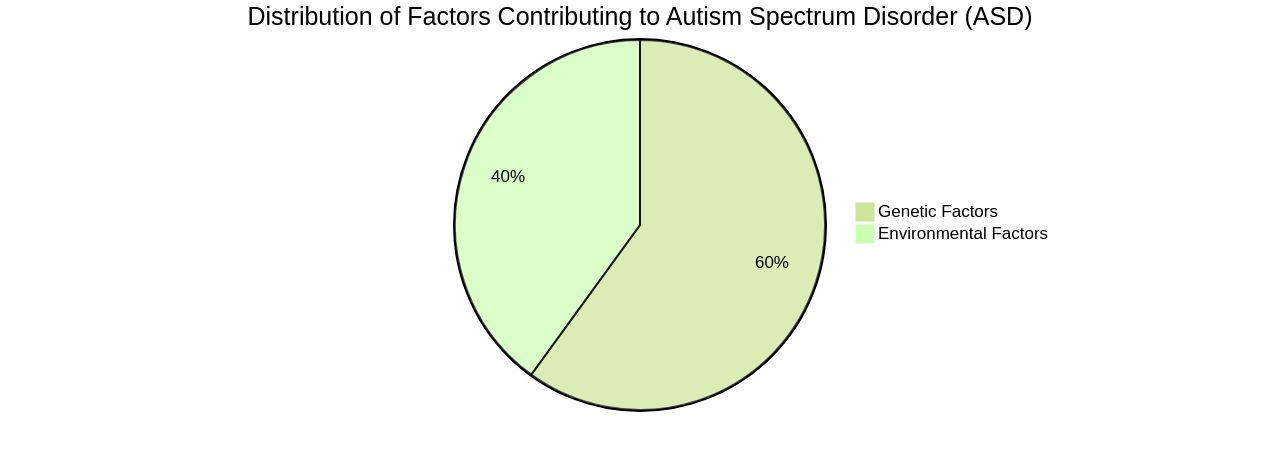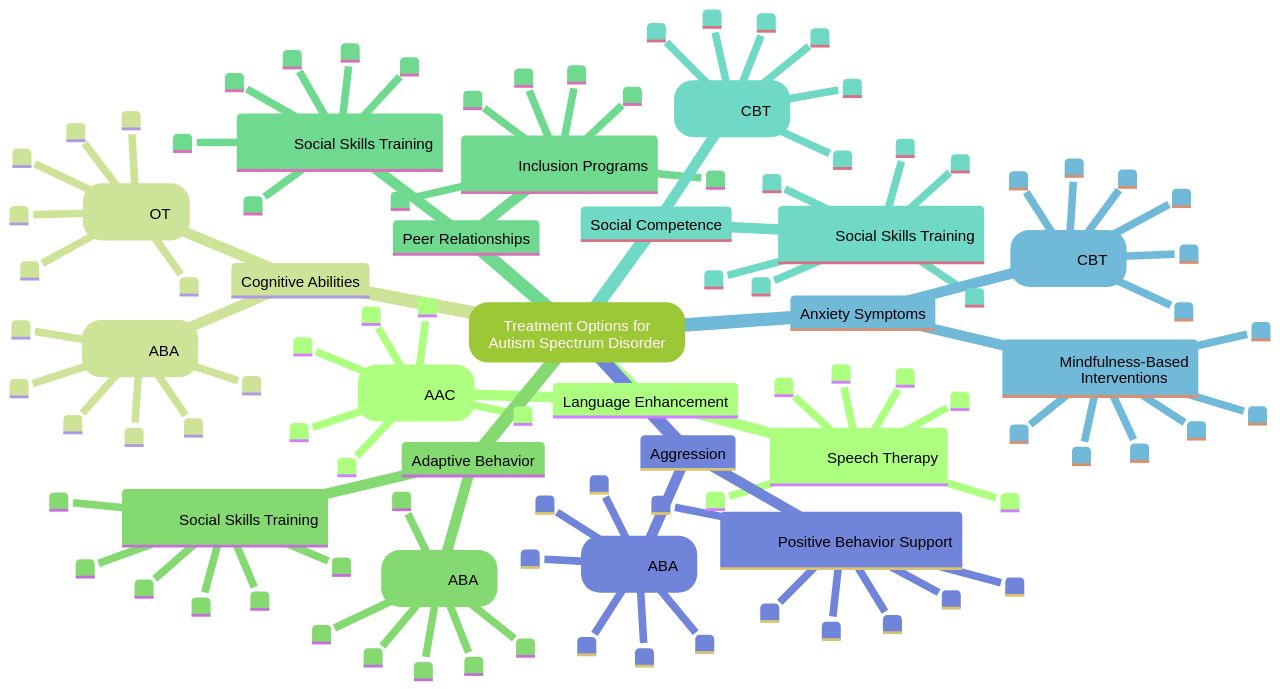Introduction
Understanding Autism Spectrum Disorder (ASD) is crucial for parent advocates in order to provide effective support and intervention for their children. ASD is a complex neurodevelopmental disorder that presents differently in each individual, with a broad range of symptoms and severity levels.
This article will explore the core aspects of ASD, including its signs and symptoms, causes and risk factors, the diagnostic process, and treatment options. By gaining a deeper understanding of ASD, parent advocates can ensure the well-being and optimal outcomes for their children.
Understanding Autism Spectrum Disorder (ASD)
Autism Spectrum Disorder (ASD) is a multifaceted neurodevelopmental disorder with an array of manifestations. It is critical to comprehend its core aspects to provide effective support as parent advocates.
ASD is a spectrum disorder, implying that it presents differently in each individual, with a broad range of symptoms and severity levels. The U.S. Centers for Disease Control and Prevention estimates that about one in 45 people, or 5.4 million people aged 18 and older, have ASD, emphasizing the widespread impact of this condition.
Research has illuminated the role of dopamine and serotonin in development and their crucial roles in the formation of neural circuits. Additionally, studies have indicated a correlation between the use of dopamine-related drugs during pregnancy and a heightened risk of autism in children.
The DSM-5 criteria specify that the core features of Autism must be present in early childhood, but for some children, symptoms may not fully manifest until social demands outstrip their capacity to cope. ASD is characterized by challenges in social interaction, communication, and repetitive behaviors.
It's also important to consider the impact of societal and environmental factors on the individual's experience of autism. For instance, stigma and lack of access to healthcare services may pose barriers to early identification of ASD in Hispanic children and children of color. ASD's complexity and the variability in its manifestations pose significant challenges in establishing universally applicable biomarkers. However, early diagnosis opens the possibility of early intervention and optimal outcomes. Therefore, understanding ASD's intricacies is not just crucial for parent advocates but also for society as a whole, as it allows for more effective support and intervention strategies.

Signs and Symptoms of ASD in Children and Adults
Understanding Autism Spectrum Disorder (ASD) and its manifestations is crucial in providing tailored support and intervention. ASD is a neurological disorder, not a mental health issue, and it affects individuals differently. Some individuals might excel in areas such as mathematics and history, while others may face challenges in these areas or could be nonverbal.
Common indicators of ASD in children include delayed speech and language development, struggles with social interactions, repetitive behaviors, and sensory sensitivities. In adults, these symptoms may also be present, but they might have developed strategies to cope, making the symptoms less noticeable. A key factor in managing ASD is early intervention, which is why pediatricians often use tools such as the Modified Checklist for Autism in Toddlers (M-CHAT) to help identify if a child is on track developmentally or if further screenings are required.
However, it's important to note that there is no one-size-fits-all treatment for ASD due to the varied ways it manifests in individuals. There are many intervention programs designed for preschool-aged children, but they are not all widely known or available, and there is a lack of research comparing these programs. Moreover, it's a misconception that ASD affects all individuals in the same way.
In reality, it's a spectrum disorder with individuals displaying varying symptoms and severities. For instance, only 10-20% of children diagnosed before the age of 5 are able to live independently as adults. Therefore, understanding the diverse challenges and strengths of individuals with ASD is essential for providing appropriate support and accommodations.

Causes and Risk Factors for ASD
Autism Spectrum Disorder (ASD) is a complex neurodevelopmental condition that affects approximately one in 36 children in the United States. It impacts the way an individual communicates, socializes, learns, and behaves, often leading to repetitive behaviors or restricted interests.
While the exact causes of ASD remain unclear, it is widely accepted that it arises from a combination of genetic and environmental factors. Genetically, researchers at Cold Spring Harbor Laboratory (CSHL) have identified thousands of genes that, when damaged, may result in a child being born with ASD.
Despite this significant discovery, not all cases of ASD can be attributed to genetic origins, pointing to the role of environmental factors in the development of the disorder. Environmental influences include prenatal complications, exposure to specific toxins, and maternal infections during pregnancy.
Furthermore, recent research has highlighted the real-time interaction between genetic and environmental factors in governing the development of ASD. For instance, studies are unveiling new insights into how the developmental biology of metabolism differs in individuals with autism, emphasizing the inseparability of behavior and metabolism. Understanding these factors is crucial for those supporting parents of children with ASD as it provides a basis for addressing the child's unique needs. It also underscores the fact that ASD affects individuals differently, underscoring the need for personalized strategies when assisting those living with the condition.

Diagnostic Process for ASD in Children and Adults
The journey towards an autism spectrum disorder (ASD) diagnosis is crucial for caregivers to access the right support and services. It's a comprehensive process involving a team of professionals, such as psychologists and speech therapists. They assess various areas, including social communication, behavior, and sensory processing.
Grasping the diagnostic process and its criteria can be empowering, enabling caregivers to actively partake and guarantee accurate evaluations for their children. Several parents have shared the challenges they faced during the diagnostic process, such as delays in confirmed diagnoses and dissatisfaction with the professionals. These delays can hinder the child from accessing early intervention services and reaching their full potential.
Notably, an early diagnosis is essential as it allows children to access necessary early intervention services and support systems. For parents, it enhances their quality of life and brings them a sense of relief. However, dissatisfaction with the diagnostic process, attributed to a lack of clear information and insufficient post-treatment support, remains a pervasive theme among parents worldwide.
Innovations like the SenseToKnow app, which analyses children's responses to short movies, are being developed to enhance the accuracy of ASD screening tools. Such tools can help reduce disparities in early diagnosis and intervention. Moreover, ASD manifests in different ways; it's characterized by challenges with social communication skills and restricted and repetitive behaviors.
Hence, understanding these common signs is a critical first step to suspecting and recognizing autism in adults or children. In conclusion, autism impacts an individual throughout their lifespan, and early diagnosis can improve their quality of life. Therefore, healthcare professionals and systems need to be adequately equipped to ensure timely and accurate diagnosis.

Treatment Options for ASD
While there is no definitive cure for Autism Spectrum Disorder (ASD), early interventions and evidence-supported treatments can significantly enhance the lives of those affected. It's critical to remember that no single approach fits all when it comes to Applied Behavior Analysis (ABA) therapy.
This technique, often used for teaching new skills and reducing challenging behaviors, may not be beneficial for every individual or family due to factors such as financial impact, coordination of care, and personal privacy. Other options like speech and occupational therapy, social skills training, and even emerging stem cell therapies may prove more effective, highlighting the need for personalized treatment plans.
Research reveals potential in comprehensive early interventions for toddlers with ASD, showing improvements in language, cognitive abilities, and adaptive behavior. However, the benefits of these interventions may vary, with some studies showing mixed results on child outcomes.
The same is true for social skills interventions and behavioral interventions, which have been found effective in enhancing peer relationships, social competence, and reducing anxiety symptoms and aggression. Moreover, the timing and location of therapy sessions can significantly impact family dynamics and the overall effectiveness of the treatment. For instance, ABA therapy conducted at home can intrude on family privacy and limit social activities, while clinic-based sessions may limit parental insight into their child's day-to-day activities and the generalization of treatment gains. Therefore, achieving a therapy-life balance is crucial for the child, parents, and siblings. In conclusion, it is essential for parent advocates to thoroughly research, explore, and consider various treatment options to identify the most effective strategies tailored to their child's unique needs.

Conclusion
In conclusion, understanding Autism Spectrum Disorder (ASD) is crucial for parent advocates to provide effective support and intervention for their children. ASD is a complex neurodevelopmental disorder with diverse symptoms and severity levels.
By gaining a deeper understanding of ASD, parent advocates can ensure their children's well-being and optimal outcomes. ASD manifests differently in each individual, highlighting the importance of recognizing the diverse challenges and strengths individuals with ASD may have.
Early intervention plays a vital role in managing ASD, and tools like the Modified Checklist for Autism in Toddlers (M-CHAT) aid in identifying the need for further screenings. Personalized treatment plans are essential as there is no one-size-fits-all approach.
The causes of ASD involve genetic and environmental factors, emphasizing the need to address each child's unique needs. The diagnostic process involves professionals evaluating different areas to ensure accurate evaluations.
While there is no cure for ASD, early interventions and evidence-supported treatments greatly enhance lives. Applied Behavior Analysis (ABA) therapy is one option, but speech therapy, occupational therapy, social skills training, and emerging stem cell therapies may also be effective. Thorough research helps identify the most suitable strategies for each child. By understanding ASD's core aspects, parent advocates can navigate challenges effectively, provide appropriate support and accommodations, and ensure their children's well-being. This understanding empowers them to make informed decisions and create positive outcomes for their children with autism spectrum disorder.




